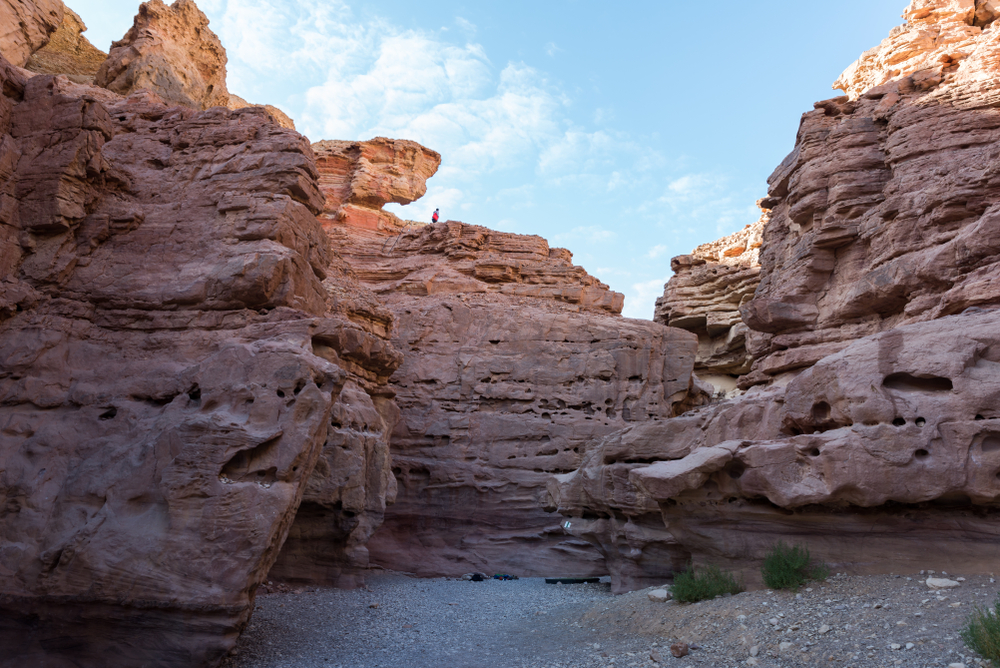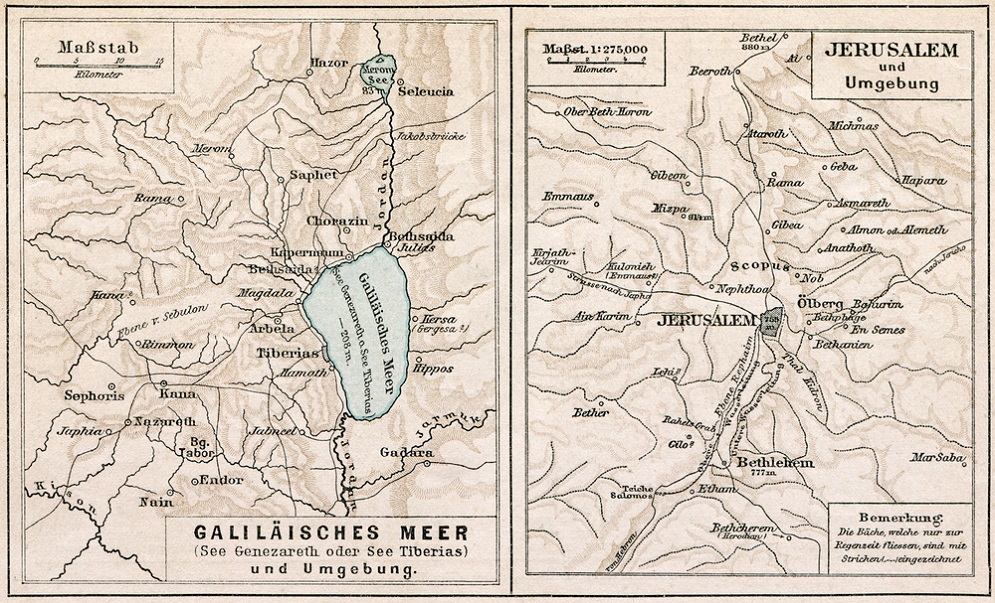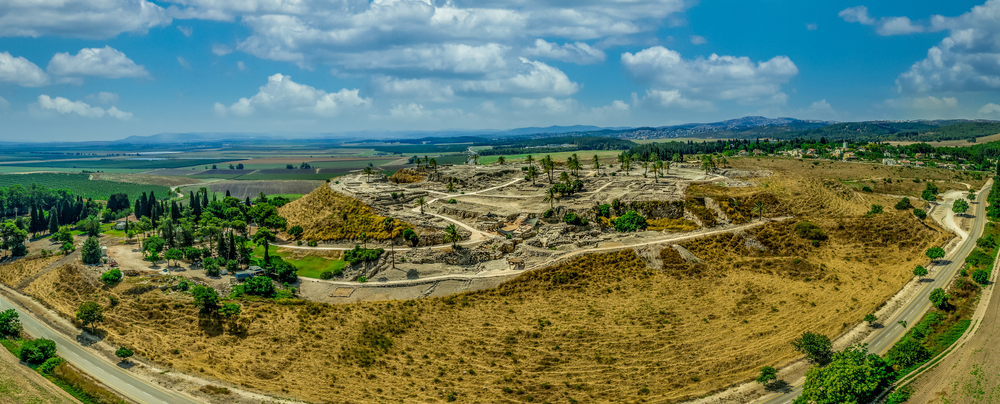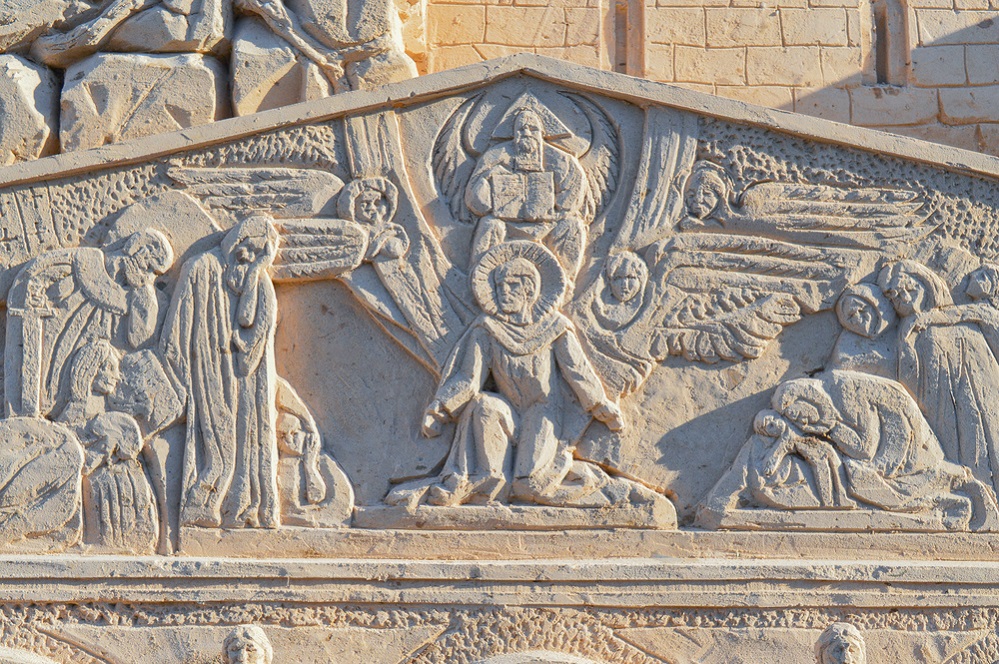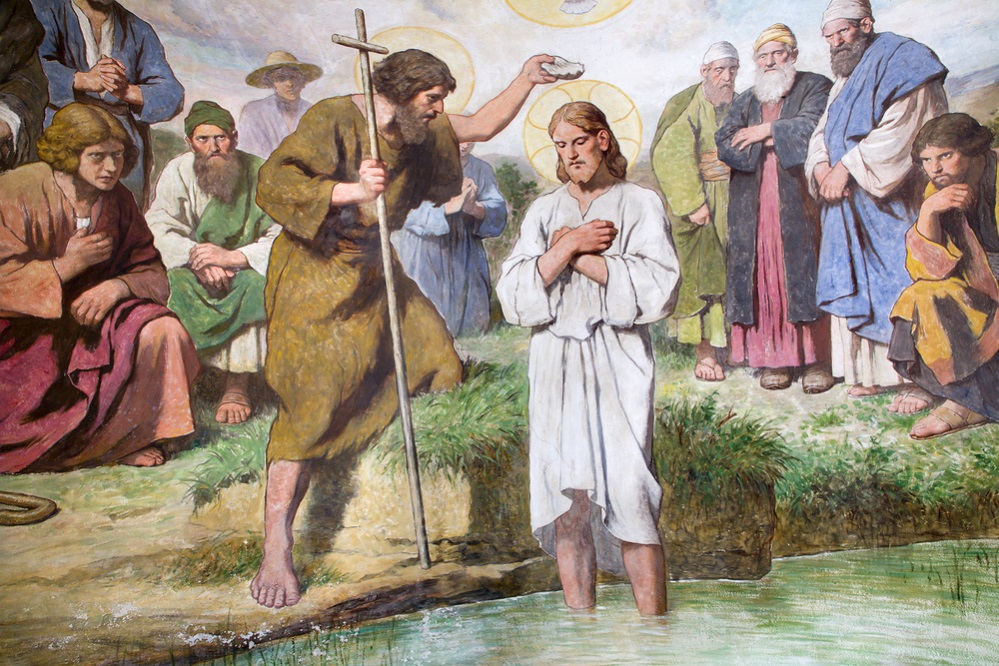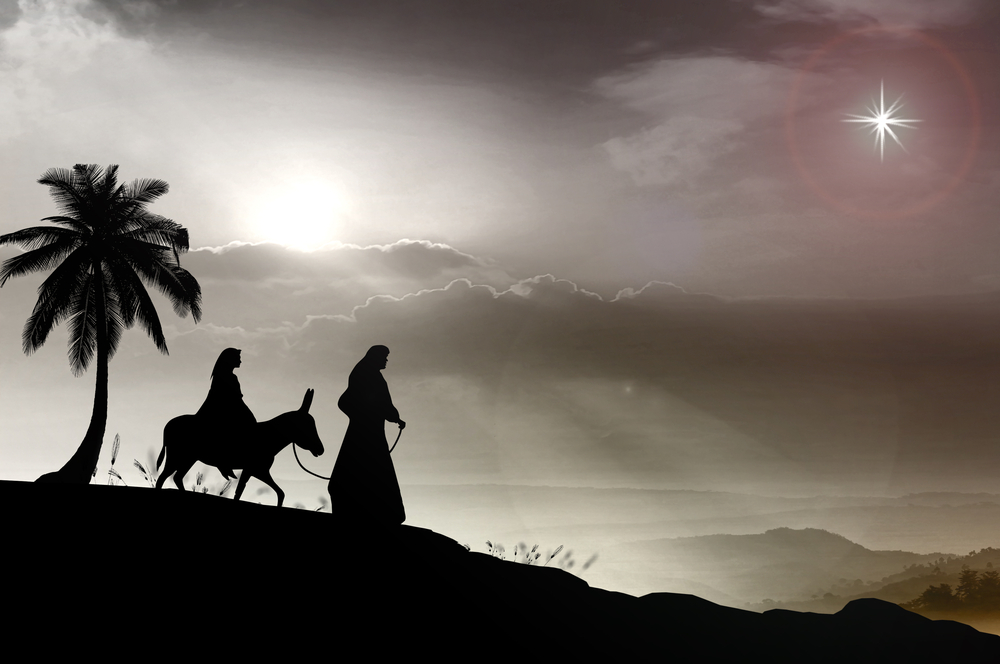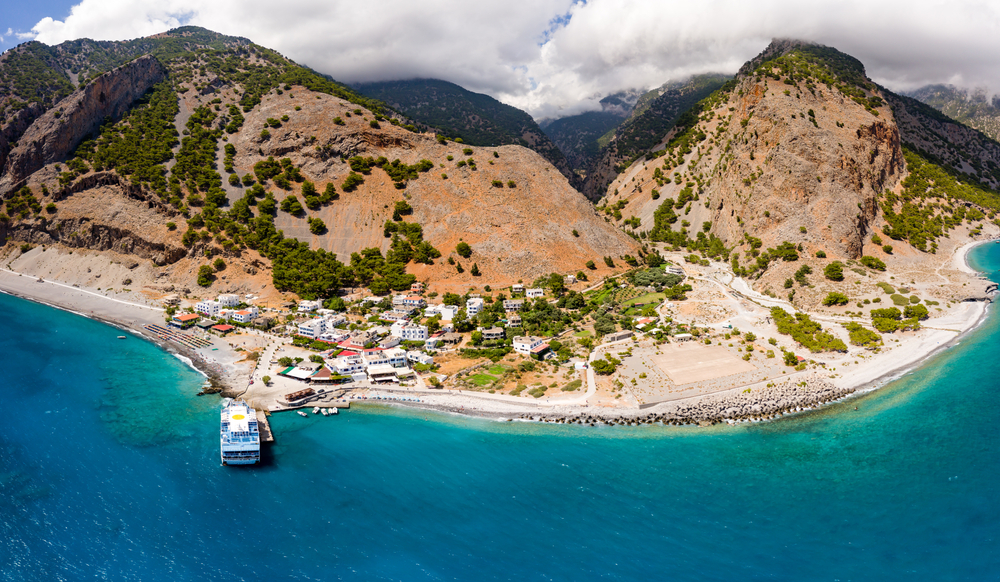Kelli Harris
Expertise
Content Marketing, Content Writing, Branding, Design, Social Media Strategy
Education
BA (Hons) in Media and Film Production, and Art History
Experience
Kelli Harris is an editor at Artza. She has a deep interest in religion, philosophy and values working in a profession that gives her insight into these different topics.
About Artza's Editorial Process
At Artza, our team of experienced writers and editors strive to bring you stories from the Holy Cities of the Christian Bible and grow your faith in God. We review Artza's content to ensure theological relevance and accuracy. We only source content from the Bible, reputable sites, and academic research institutions and cite these wherever relevant. Learn more about our editorial process here.
Latest from Kelli Harris
Articles
Answers
Best Christmas Birthday Party Ideas
When you need to throw a birthday party at Christmas time, the big question is whether you're going to give it a Christmas theme or try and avoid the coincidence altogether. Whichever you choose, the birthday boy or girl should still be the event's primary focus. You can set up clear rules for keeping the birthday celebration separate from Christmas. For example, open the birthday presents in an area away from the Christmas tree. Or decorate a separate "birthday tree" and hang a birthday stocking. And definitely don't wrap birthday presents in Christmas wrapping paper! Christmas Birthday Party Ideas for Adults A winter wonderland party A fancy dress party with no Christmas-themed costumes Ugly festive sweater party A kid's birthday party theme (everyone dresses as kids and the food is kid's party snacks) Christmas Birthday Party Ideas For Kids Start with breakfast in bed for the birthday girl or boy, and open the birthday gifts (away from the Christmas gifts). Let them build childhood Christmas memories of both Christmas and their birthday. Go to the rink for a skating partyPajama partyCookie baking partyDisney-themed party Fairy and pixie party Christmas Birthday Party Celebrations Whether you choose to combine your birthday party with your holiday season party or whether you keep the two completely separate is up to you. Some years you might just want a huge joint Christmas and birthday party where the theme, decor, and gifts are all about Christmas. But even if you do that, you should still try and find some unique gift ideas for the birthday and moments when the birthday boy or girl is the center of attention. Remember, a personalized Christmas gift idea, such as an Artza subscription box, will make the birthday girl or boy feel special.
What Does the Eagle Represent in the Bible?
Throughout the Bible, the image of an eagle is used on many occasions. Looking at the natural characteristics of an eagle, we can, with relative certainty explain why. An eagle is a very strong and ferocious animal that can soar at great heights. It also has excellent eyesight to be able to spot prey from high above. So what or who does the eagle in the bible symbolize? Let's find out. What Is the Spiritual Meaning of the Eagle? We can find a golden thread throughout the Bible where God uses the image of an eagle to portray His might and power. This includes the ability to protect His children like an eagle would protect its young: Under the wings of an eagle (Psalm 91:4). The spiritual meaning of the eagle in the Bible is God almighty. What Is the Prophetic Meaning of the Eagle? God speaks to his children through the prophets, and the earliest mention of eagles in a prophetic context is found in Exodus 19, where He said that He commissioned eagles to enact their emancipation. The Bible also uses the image of an eagle carrying away the bride of Christ on its wings, to escape the wrath of the antichrist. Once again relying on His almighty power and love for His bride. As children of God, we have to look at the bigger picture and also discern the smaller things. The prophetic meaning of looking with an eagle eye is to be able to look at both. An eagle has excellent eyesight and can see the smallest prey walking on the ground while soaring high in the sky. What Does the Eagle Represent in Revelations? Throughout the Bible, the eagle is a sign of vengeance in the scriptures. In Revelations, however, the eagle represents the forerunner of the judgment that is coming and that they still have time to repent their sins.
Best Christian Gift Ideas for Your Religious Mom
Christmas is fast approaching, and most of us want to get our gift shopping out of the way. This may seem like a daunting task, so to make it a little easier, here are some ideas of Christian gifts you can get for your mom. Gift Ideas for Mom From Her Young Children You may have young children who want to participate in getting a present for mom. A personalized gift would be a great idea in this instance. Some examples include: A bookmark with a Bible verse This would make a great gift for a mother who loves to read. It is easy to make, doesn't cost much, and will be something that she can get a lot of use out of. Snowmen decorations These can be made by glueing together three polystyrene balls and adding accessories. They will make great Christmas decorations, and mom is sure to appreciate the effort behind them. Gift Ideas for Mom From Adult Children Just because you are an adult, doesn't mean you have to spend an arm and a leg on a Christmas present either. There are some great inexpensive religious gifts you can get for mom. A Bible A Bible is a very versatile as a gift idea because you can personalize it. There are many beautiful designs available, and you could even design a custom cover and have it made. This gift will last forever, and will likely be used every day, making it that much more special. A homemade decorative wreath This can be made by glueing together baubles and other decorations in a circle. Your Christian parents will be able to reuse this gift every year. A Final Note These gift ideas don't have to be exclusive to your mom and can double as gifts for your religious grandma. Hopefully, some of these Bible-based gift ideas can make the stressful time of Christmas shopping more bearable so that you can focus on celebrating Christmas with your family.




